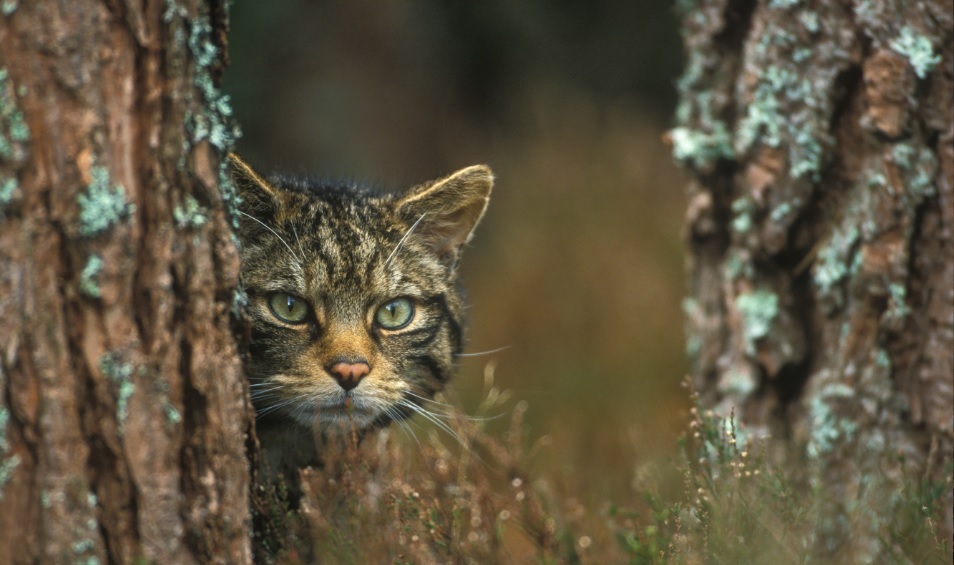Aberdeenshire Council has been urged to get behind plans to protect Scotland’s most iconic species before it vanishes from the country forever.
The local authority has been asked to back the Scottish Wildcat Action Project in an effort to save the dwindling species at the infrastructure services committee on Friday.
The scheme has united the Scottish Government with the likes of Scottish Natural Heritage, the Forestry Commission, the National Farmers Union Scotland and Highland Council in an effort to save the species.
However one Scottish wildcat conservation group – which has established a safe haven for the creatures on the West Coast – last night hit out at the action project.
Some think the wildcat numbers could now be as low as 40.
The creatures, which are distinct from other European wildcats by 10,000 years of evolution, are dying out as a consequence of loss of habitat, interbreeding with feral and domestic cats and feline diseases.
The animals are found in the Highland border of Aberdeenshire, including the Strathbogie area, but have also been spotted within the Glen Tanar estate and other areas of Upper Deeside and Donside.
If councillors to join the action project partnership, it would support the work the Wildcat Action Project it is doing to reduce the threats to the remaining wildcats in the area.
This includes a trap, neuter and release programme on feral cats which helps prevent the animals spreading disease or breeding with wildcats.
The council would also support the project’s conservation breeding programme for the animals and encourage local farmers and other people in close proximity to wildcat strongholds to neuter and vaccinate their animals.
Aberdeenshire Council environmental planner, Judith Cox, said: “The Scottish Wildcat is one of Europe’s most elusive and endangered mammals. Wildcats are rarely seen and are difficult to distinguish from hybrids in the field.
“Because of this, the knowledge of their numbers and distribution is patchy, but, in general, they are found north of the Highland boundary fault, and within Aberdeenshire in the Strathbogie area together with smaller numbers in Deeside, Donside and Kincardine.
“The Scottish Wildcat population is in decline and under threat, principally through hybridisation with the domestic cat. A healthy population of wildcats can cope with some hybridisation on its fringes.
“However, because numbers of wildcats are now so low, and there are many times more domestic-feral cats, the wildcat will soon be wiped out.”
The council has named Katrina Farquhar as their “wildcat champion” for the area.
However a Scottish Wildcat conservation group has hit out at the action project – as it proposing taking the highly independent animals out of their natural habitat.
Wildcat Haven – which has established an area of land on the West Coast in Ardnamurchan for the animals to thrive free from feral cats and diseases in the wild – have urged the council not to endorse the plans.
Part of the project is to introduce a controlled breeding programme for the species, which they argue could remove them from where they belong in the outdoors.
Director of Wildcat Haven, Emily O’Donoghue, said: “The action plan focuses on removing some of the last pure wildcats from the wild and placing them in captivity.
“Wildcat Haven is completely opposed to this and instead we are working hard to conserve the wildcats where they belong which is in the wild.
“Wildcat Haven is achieving great success on the West Coast and has a template in place to save the wildcat without putting them in cages.
“Captive breeding and reintroduction projects in Europe have had a terrible success rate with up to 80% of the wildcats dying upon release. We simply can’t be this reckless with the last Scottish wildcats.
“By assisting the action plan there is a real chance that the council could be contributing to the extinction of wildcats in Aberdeenshire.”
A spokesperson for SNH was not available for comment.
